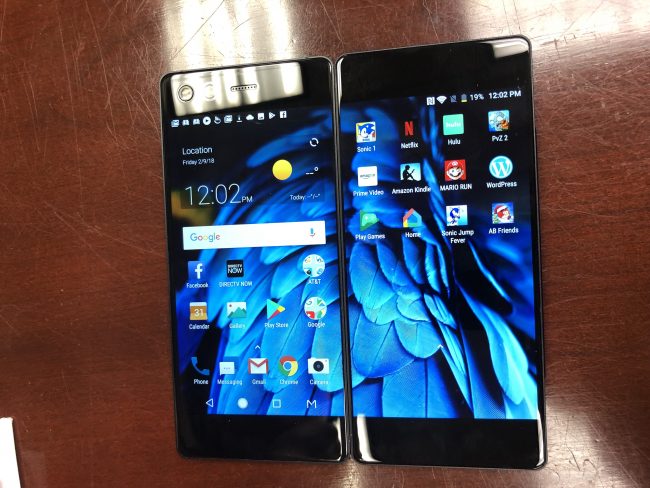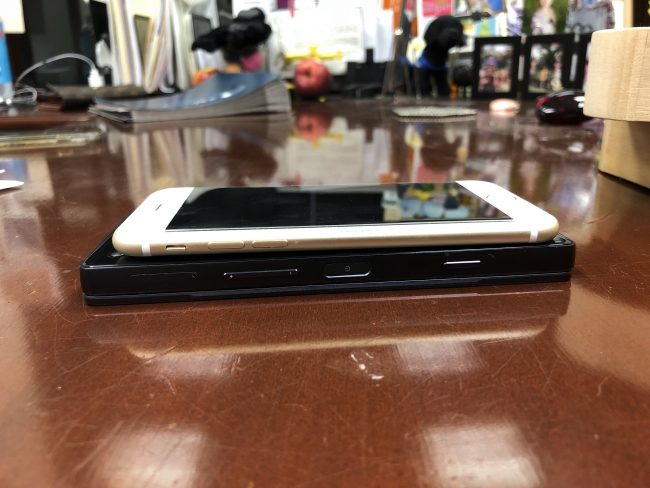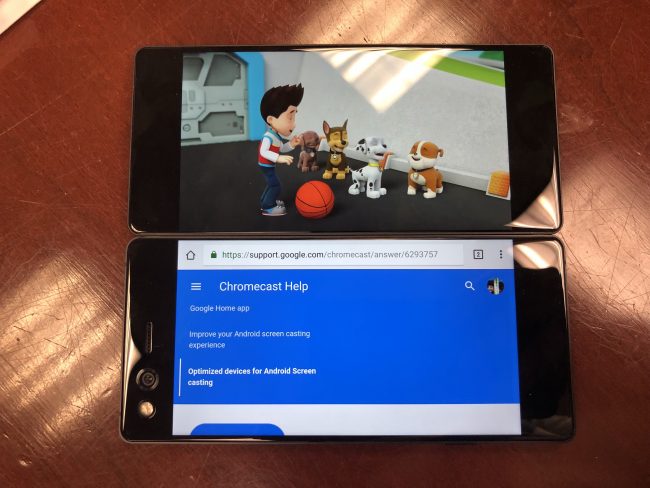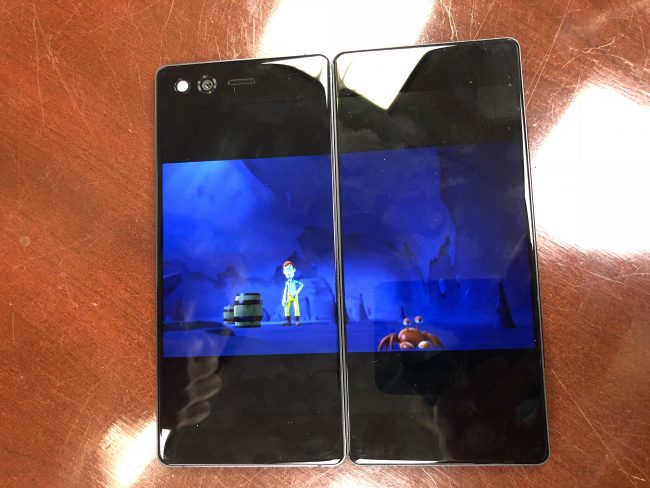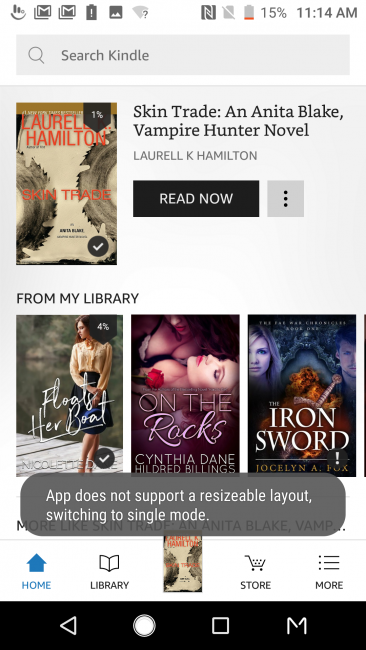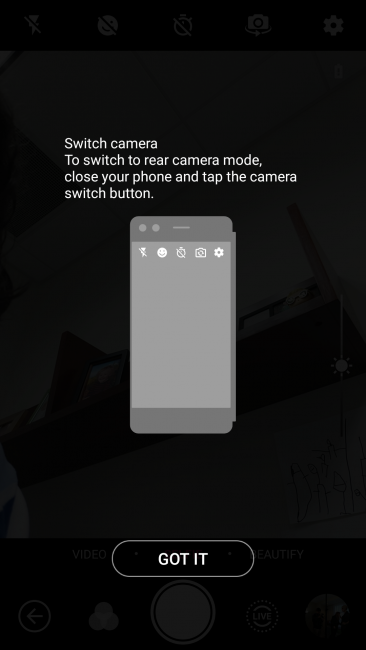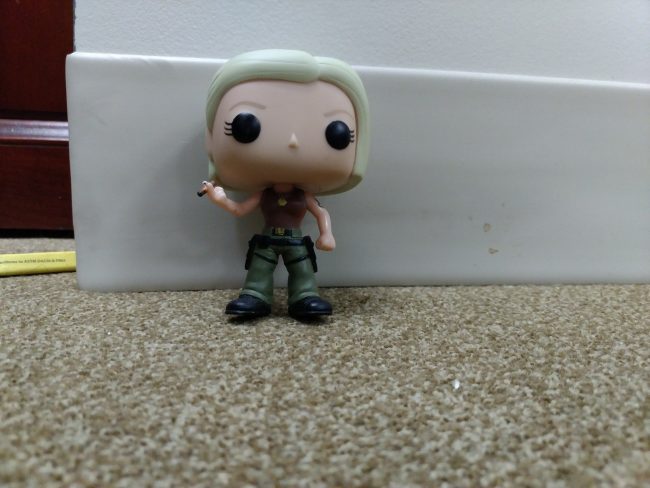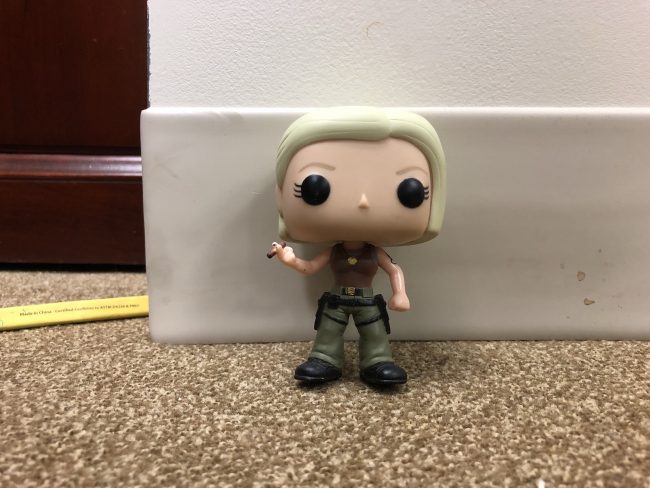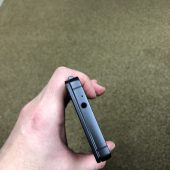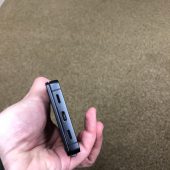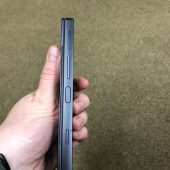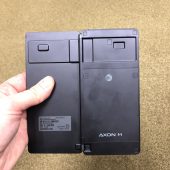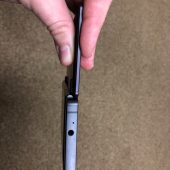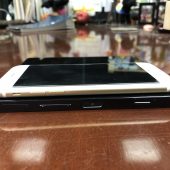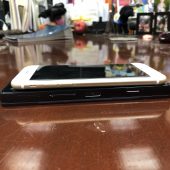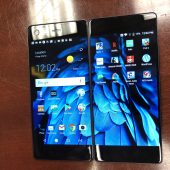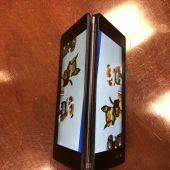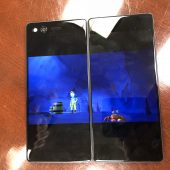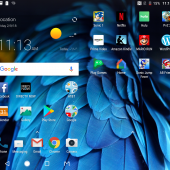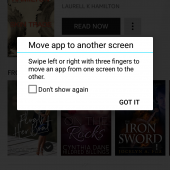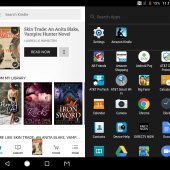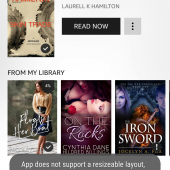In the war that is Android versus iOS, Android has one advantage- flexibility. Android devices aren’t bound by the “closed garden” of Apple products. This leads to some neat innovations. (After all, Android gave us phablets!) Thus we have the new ZTE Axon M.
The ZTE Axon M is an Android device; it is the latest and most modern take on the elusive foldable screen!
The Axon M is basically two smartphone screens linked by a hinge. As a result, it’s fatter than what we’ve come to expect from a smartphone. On par with my old Moto Droid and its slide-out keyboard, it’s thick but not insanely so. Of course, when you flip out the secondary screen, the phone suddenly feels much thinner, though the edges are quite defined and not as rounded as their non-dual screened competitors.
The back to back screens also present some weird compromises. For example, the camera does double duty as a regular camera and a selfie camera by flipping which screen acts as the viewfinder. Also, the unusual design means it is nearly impossible to put a case on this phone. And while it feels very sturdy, it would have been nice for ZTE to include a slipcase or something similar to protect the device.
The build quality is excellent. The hinge feels nice and solid. This means you can use it “tented” or laid flat without any wiggles or looseness. And when one screen is folded onto the other there’s no movement. The phone feels very tough, even when fully opened, so that’s a definite positive. The Axon has banged around in my pockets, bags and all over my nightstand and the screens both look great, with no visible scratches or dings.
Due to the screen design and the hinge, all the necessary buttons and the SIM tray are along a single side of the device. The Axon sports a headphone jack on the top (hooray!) and a USB C on the bottom, alongside the Dolby Atmos speakers. The “back” the folding screens is plain, with all the FCC information crammed inside. ZTE also managed to cram a halfway decent fingerprint reader into the power button, though I found that I needed to line my finger up perfectly to get it to register. My accuracy improved once I kept practicing with it, but there was a slight learning curve.
Using the camera was similarly confusing at first because I kept forgetting which side was “active.” There were a few times where I accidentally flipped to selfie mode because I hit the wrong button.
“Not bad, just….different” is how I would describe the software experience as well. ZTE did a great job at integrating the screen controls along the bottom of the screen where the home/back/app switcher virtual buttons are. Moreover, it’s easy to figure out how to set the different screen configurations: full screen (across both screens), one app on each screen, and tent mode, where you can mirror the screen on both sides (handy for presenting, or if you want to play a really weird game of battleship). Here’s how you can configure your Axon M:
Tent Mode
Dual App Mode
Full-Screen Mode
And here’s what you see when the software can’t adapt to a particular app:
The phone is fun to use but there are two major issues that hinder the experience and take it down from “whoa” to “eh.”
First, very few apps are properly designed to adapt to the double screen concept. Google apps like Play Movies and a handful of others are ready for this innovative design, but there’s no way beyond trial and error to figure this out. At times I was able to force apps that claimed to be incompatible to spread across both screens, but I suspect this was a bug rather than a feature. Also, I found that it is difficult to read a book using, for example, the Kindle app, thanks to the enormous hinge line running down the middle. The same goes for movies and any other media consumption. The design is, however, somewhat nice when it comes typing notes in landscape since you can effectively have the keyboard on one screen and the text on the top. That noted it’s not very ergonomic. Finally, it is a shame that game developers aren’t interested in this concept, as you could do things like a virtual controller at the bottom and the game at the top, or have maps or items at the bottom (like a Nintendo DS but without any buttons).
The second issue is that the phone isn’t a great showcase of this concept. You either use the ZTE as a very chunky, narrow-ish phone, or you use it as a very oddly shaped phablet with an ugly line bisecting the middle. It’s hard to come up with a ton of scenarios where this makes sense and even more difficult to figure out just what the advantages are. On the other hand, if ZTE had slapped two larger screens together, maybe 7 inches each, I could make some arguments for it. Two 7-inch screens showing two different data streams would be a bit like a dual monitor setup, and you could have two usable apps going instead of two smartphone apps competing for a small space. Tent mode would also make a lot more sense-you could have someone sit opposite you and present a report that both parties could see easily, instead of asking people to all crowd around one tablet or using identical paper handouts.
Finally, the camera itself is ok, but nothing to write home about…here’s a comparison of Starbuck from Battlestar Galactica taken at the same time with the ZTE and with my iPhone 8+:
ZTE:
iPhone 8+:
I am not a professional photographer- I barely passed Art History in college- but to my eyes, the ZTE shot looks more washed out than the iPhone’s. (Also, I apparently need to wash the baseboards in my office.)
Regarding design, I think ZTE did a decent job, but it would have been interesting if they had made the second screen slide out instead of flip back. It would make the phone easier to protect with a case, and it might make the two-screen look a bit more seamless. There’s a lot of good here, like the Dolby speakers and the incredible build quality, but excellent hardware is overshadowed by weak software support. If you’re willing to take the risk, AT&T carries it for $724 or $24.17 a month, which is a bit steep unless you see yourself taking advantage of the extra screen often.
Basically, as a proof of concept, the ZTE Axon M is fascinating, but it’s too small and too limited by the lack of third-party software to truly be a daily driver. I am excited for what ZTE could do with it in the future though!
Source: Manufacturer provided review sample
What I Liked: Solid build quality; fit a fingerprint reader into a tiny power button; fast, clean Android installation without much bloatware; dedicated camera button; headphone jack and USB-C both included; running two apps at once has a lot of potential
What Needs Improvement: Not enough software optimized for the two screens; no way to force legacy apps to go full screen; thicker than other phones; no easy way to case it; camera is ok but not great
- Top: iPhone 7 Bottom: Axon M with screen open
- Top: iPhone 7 Bottom: Axon M with screens closed

